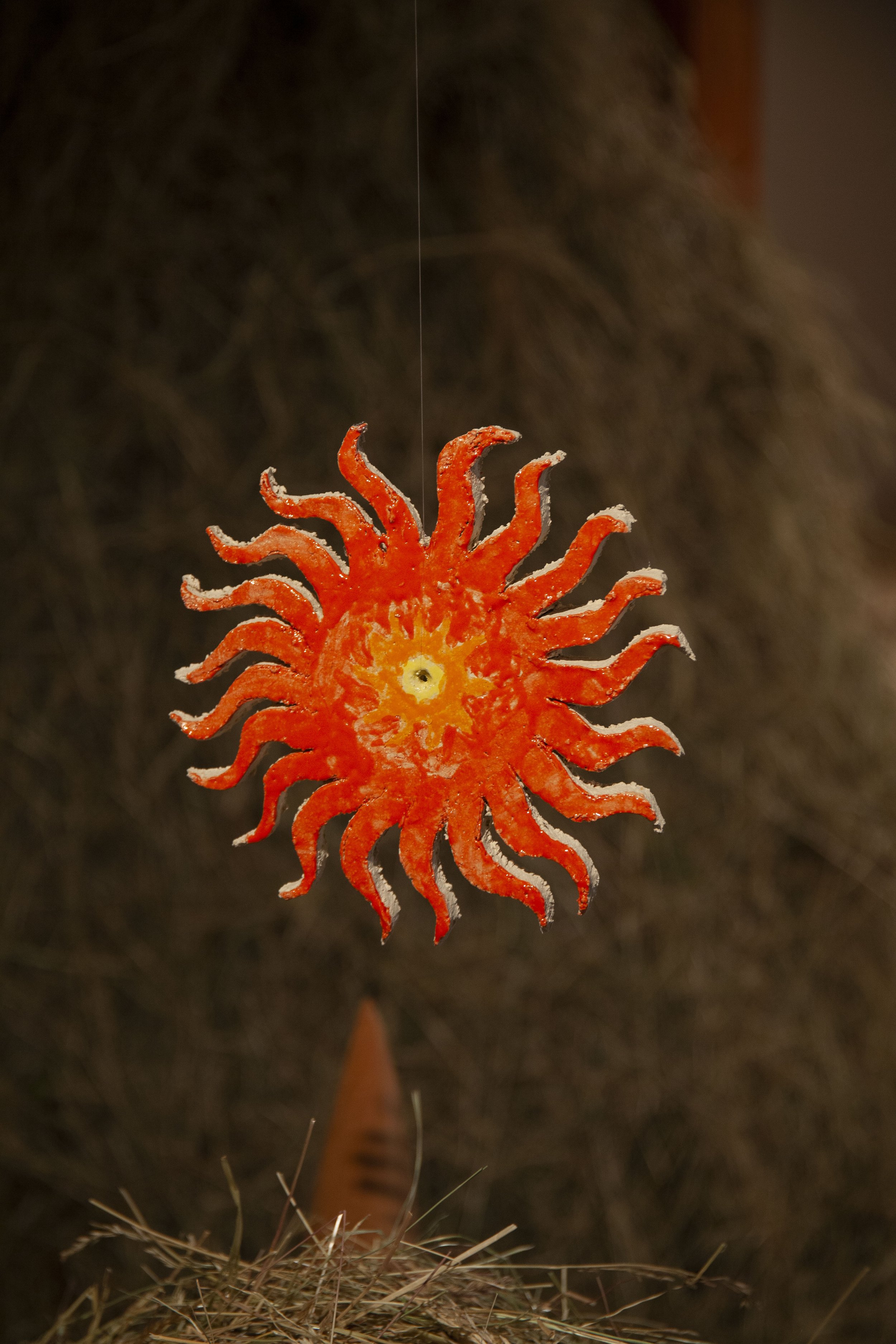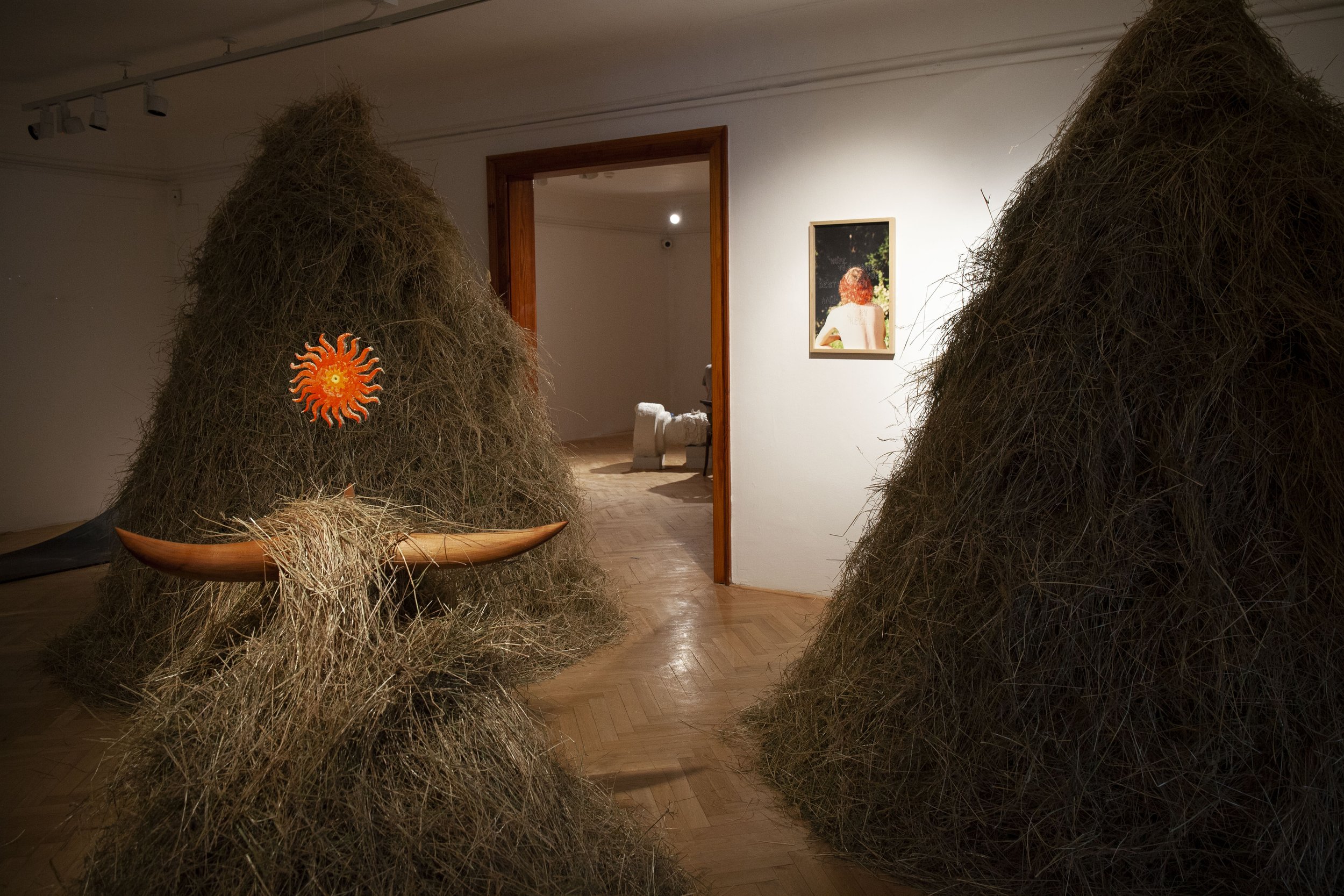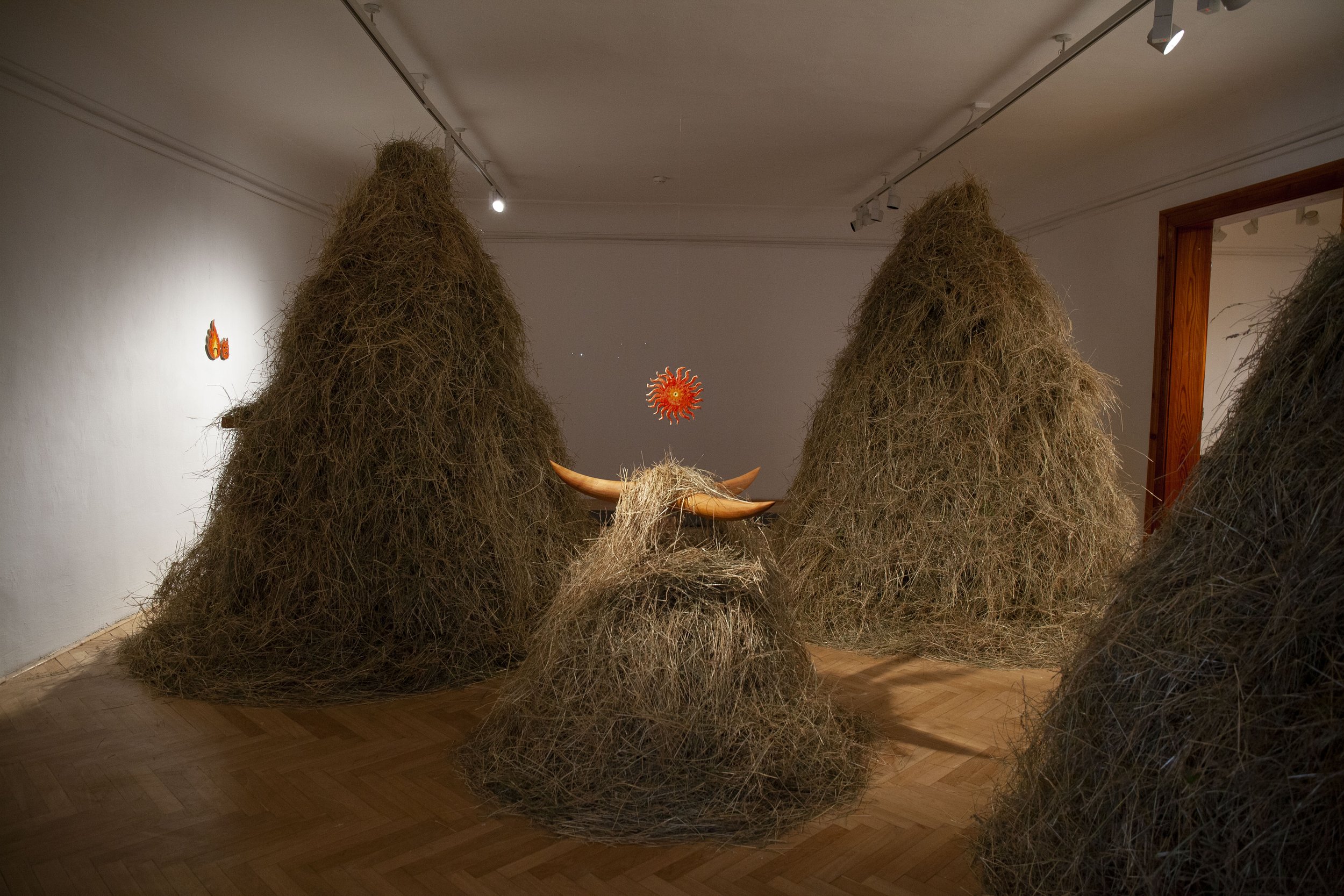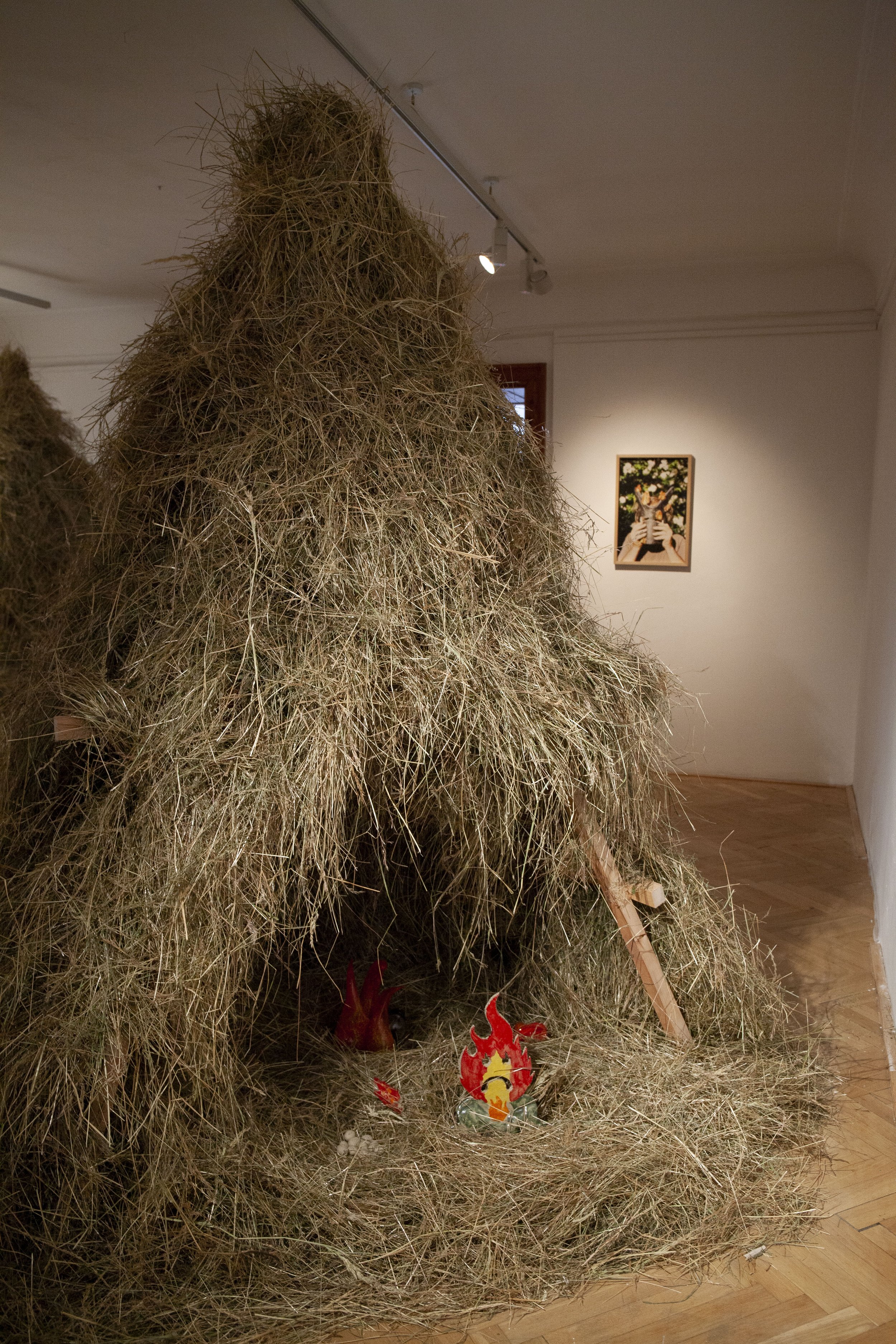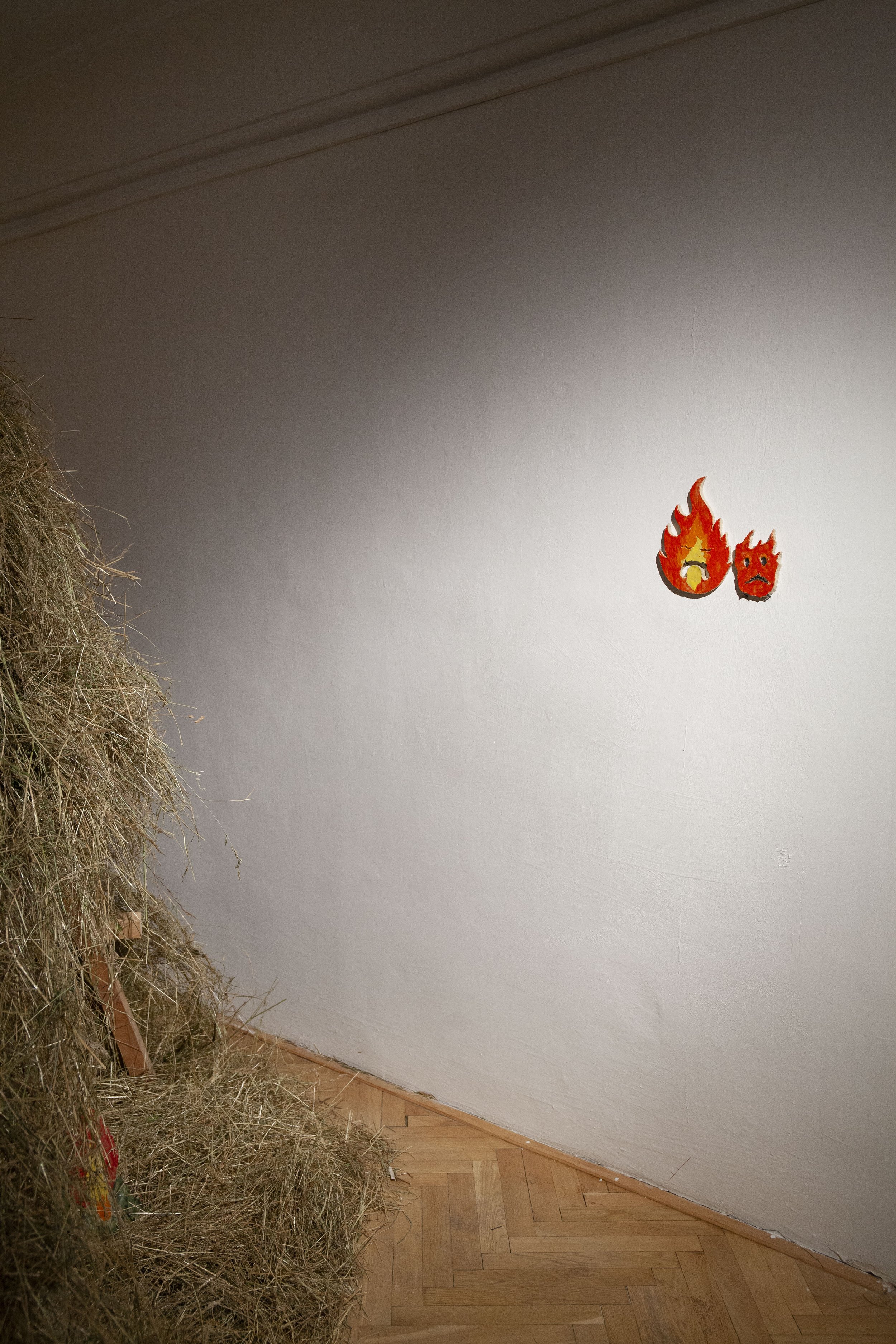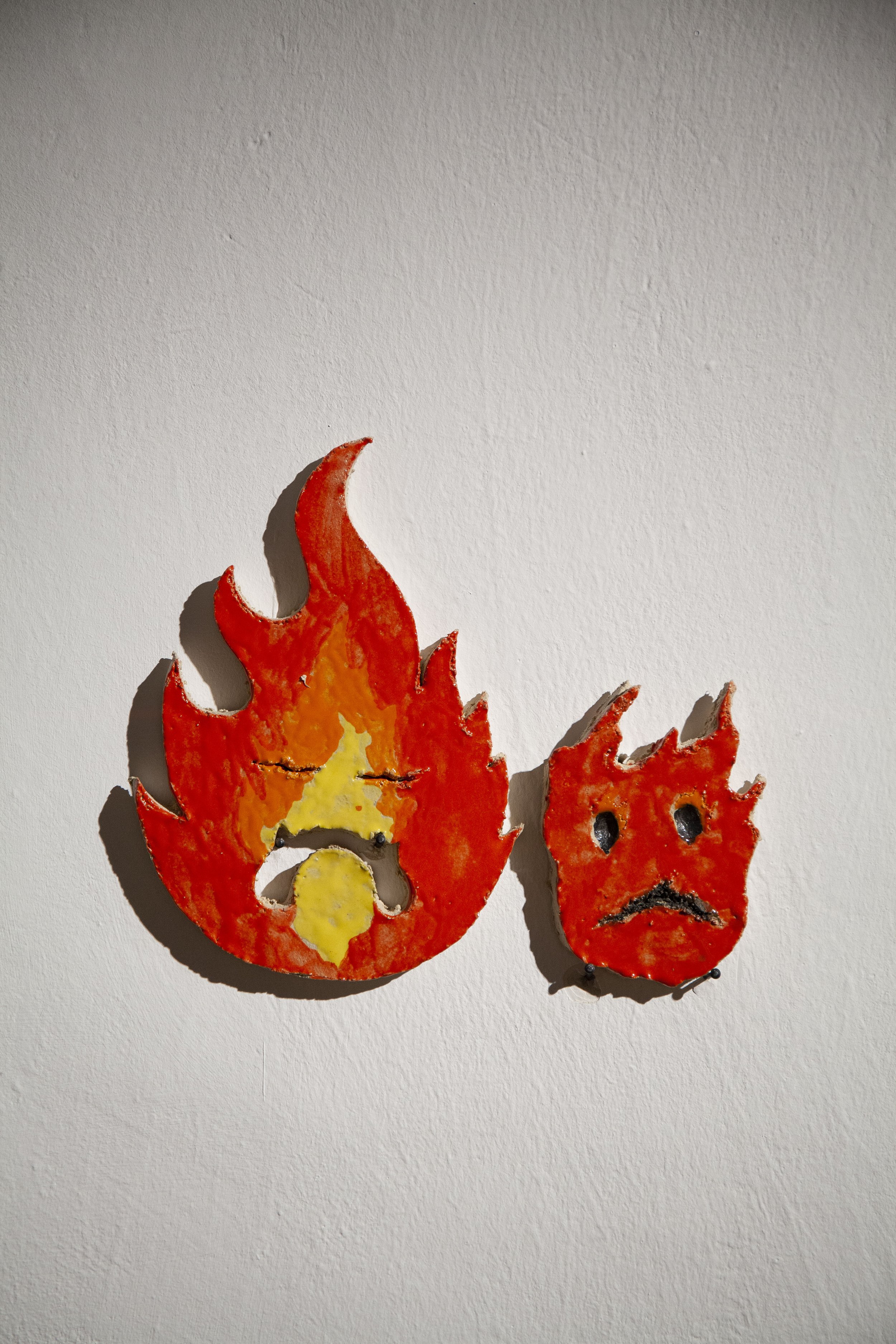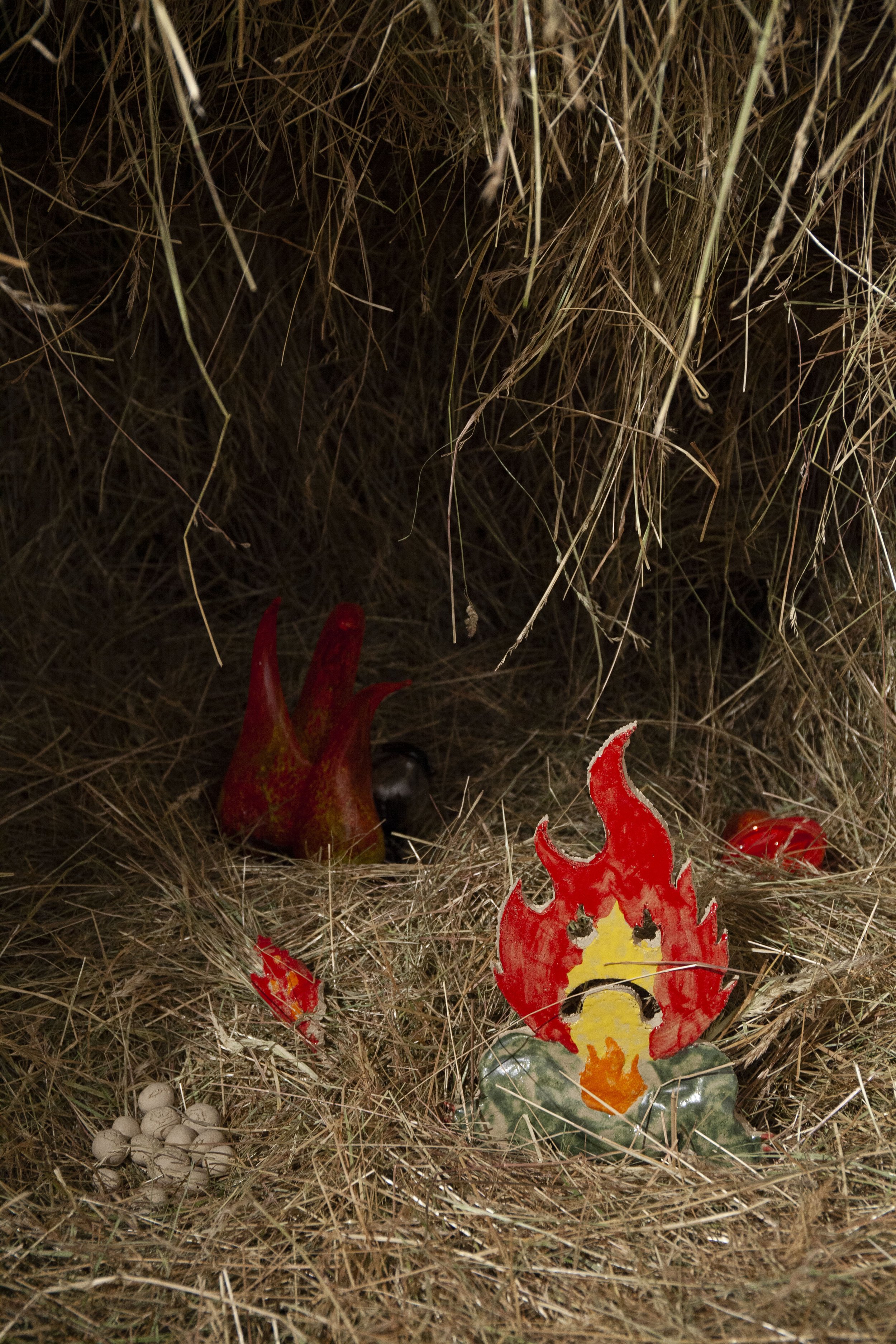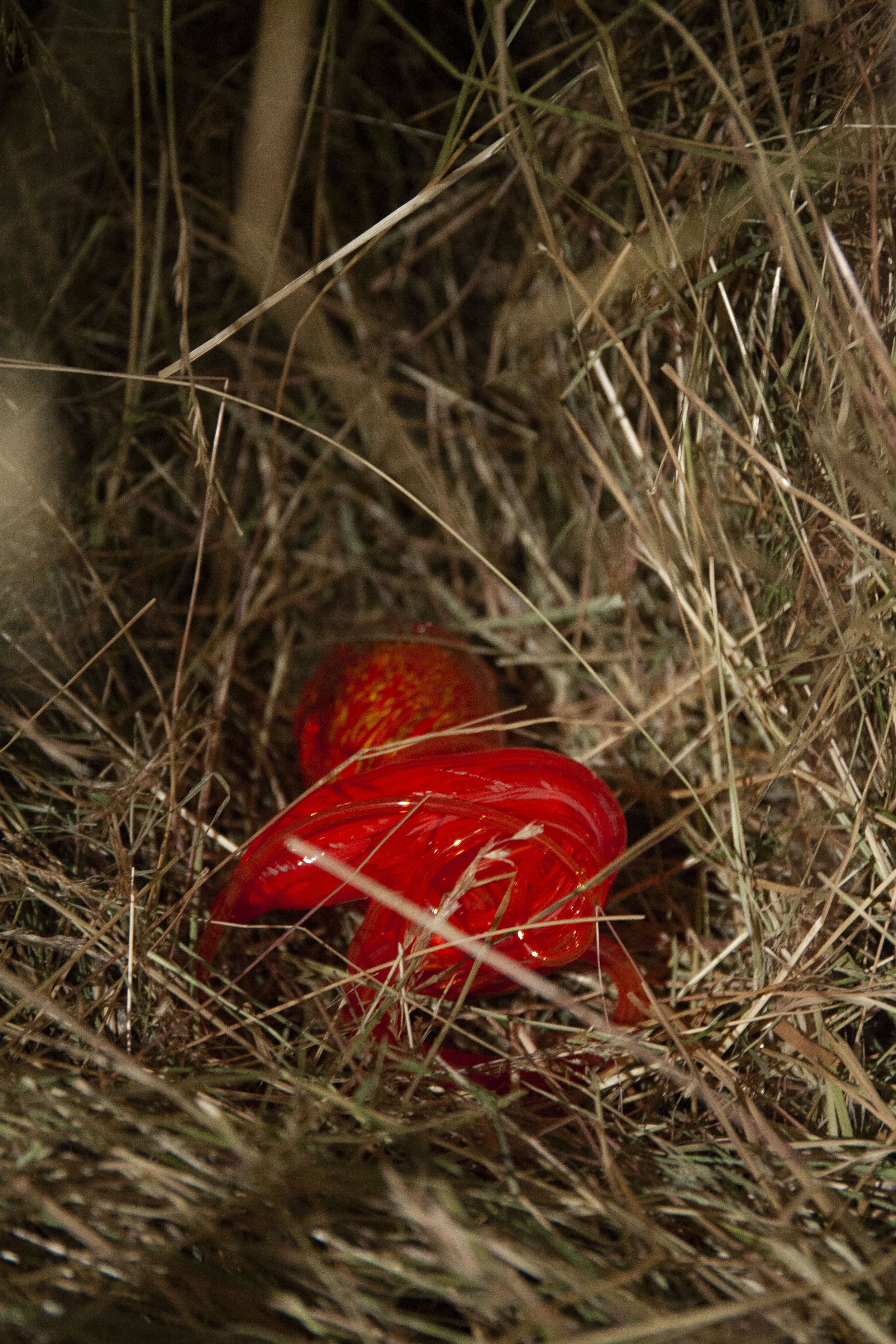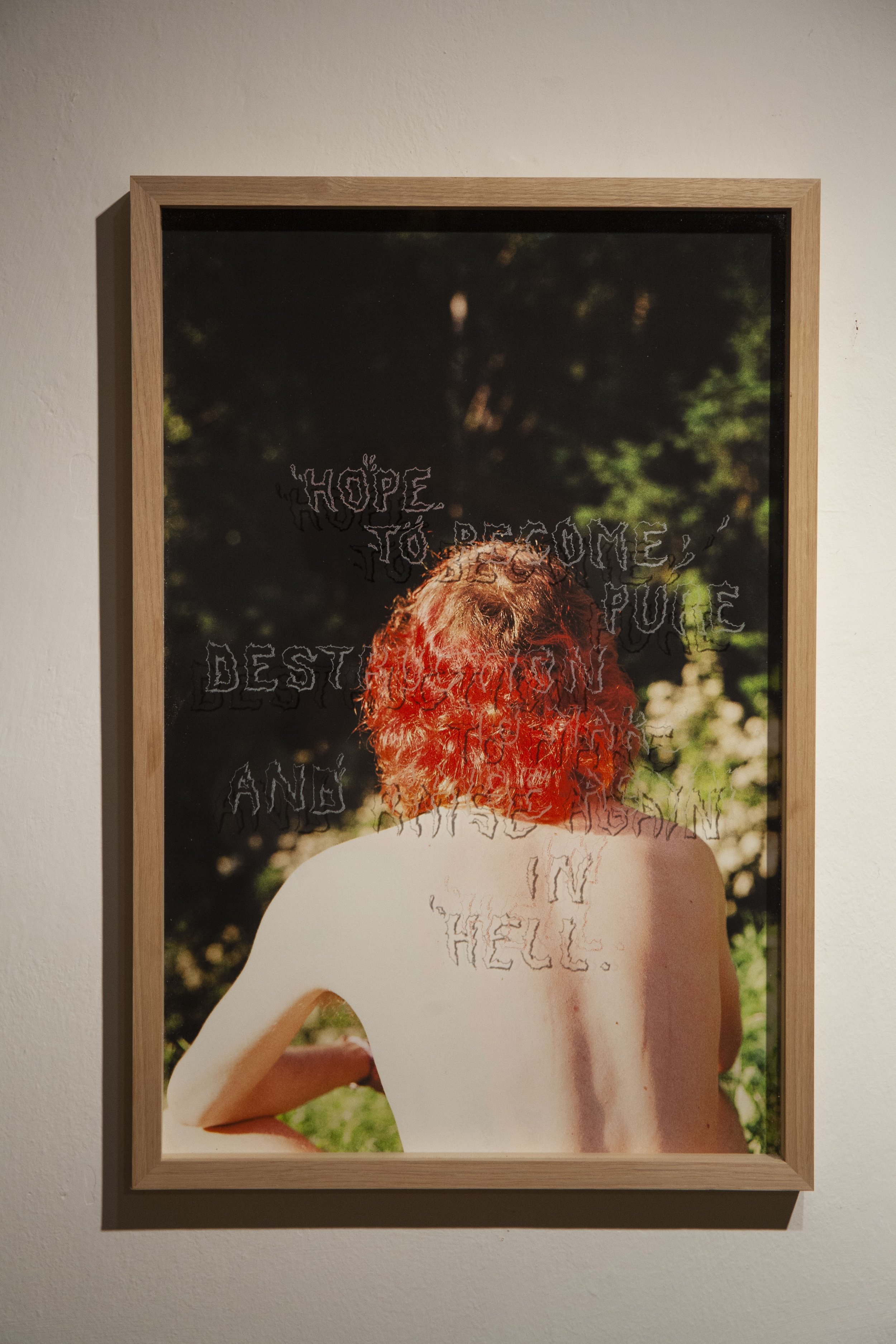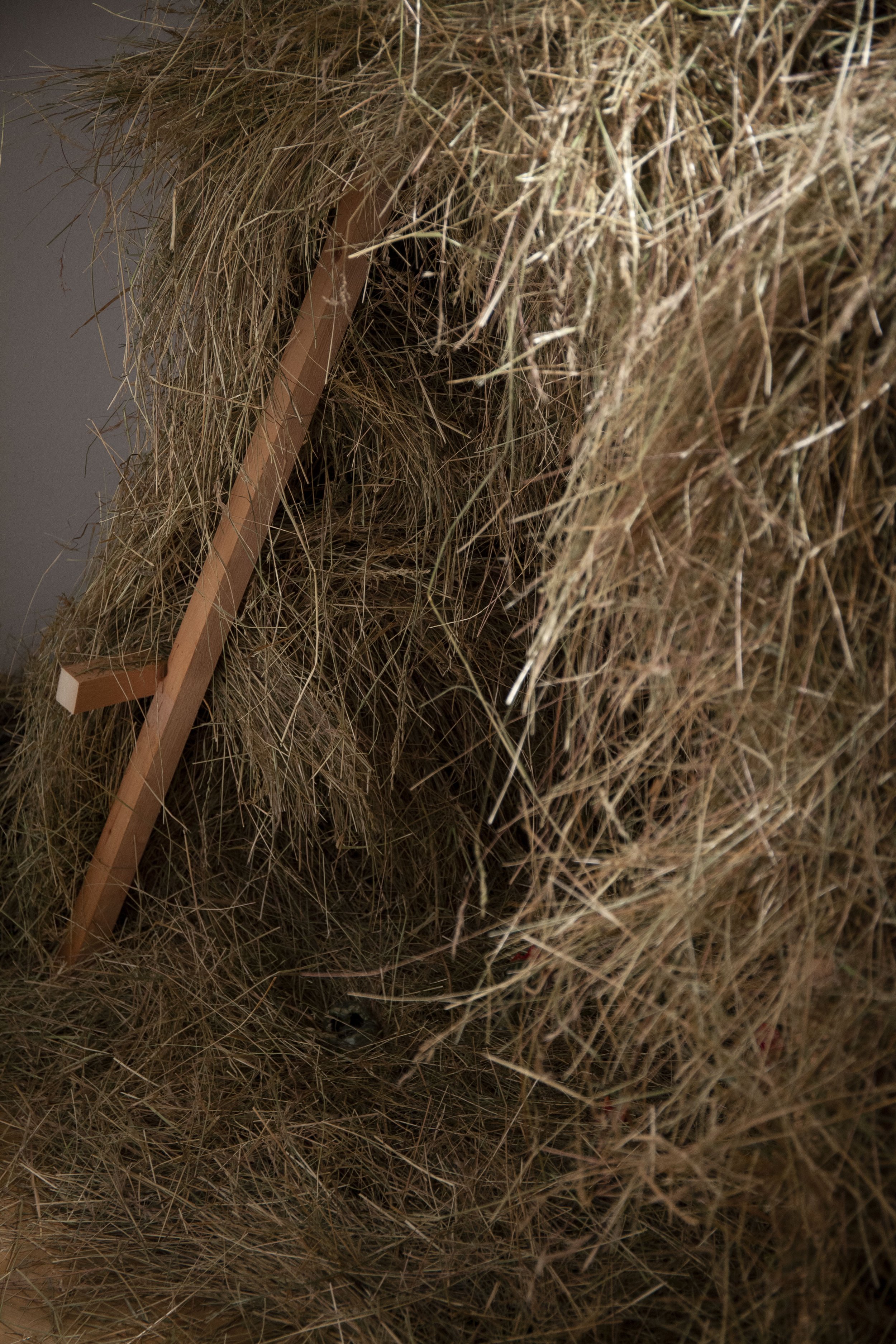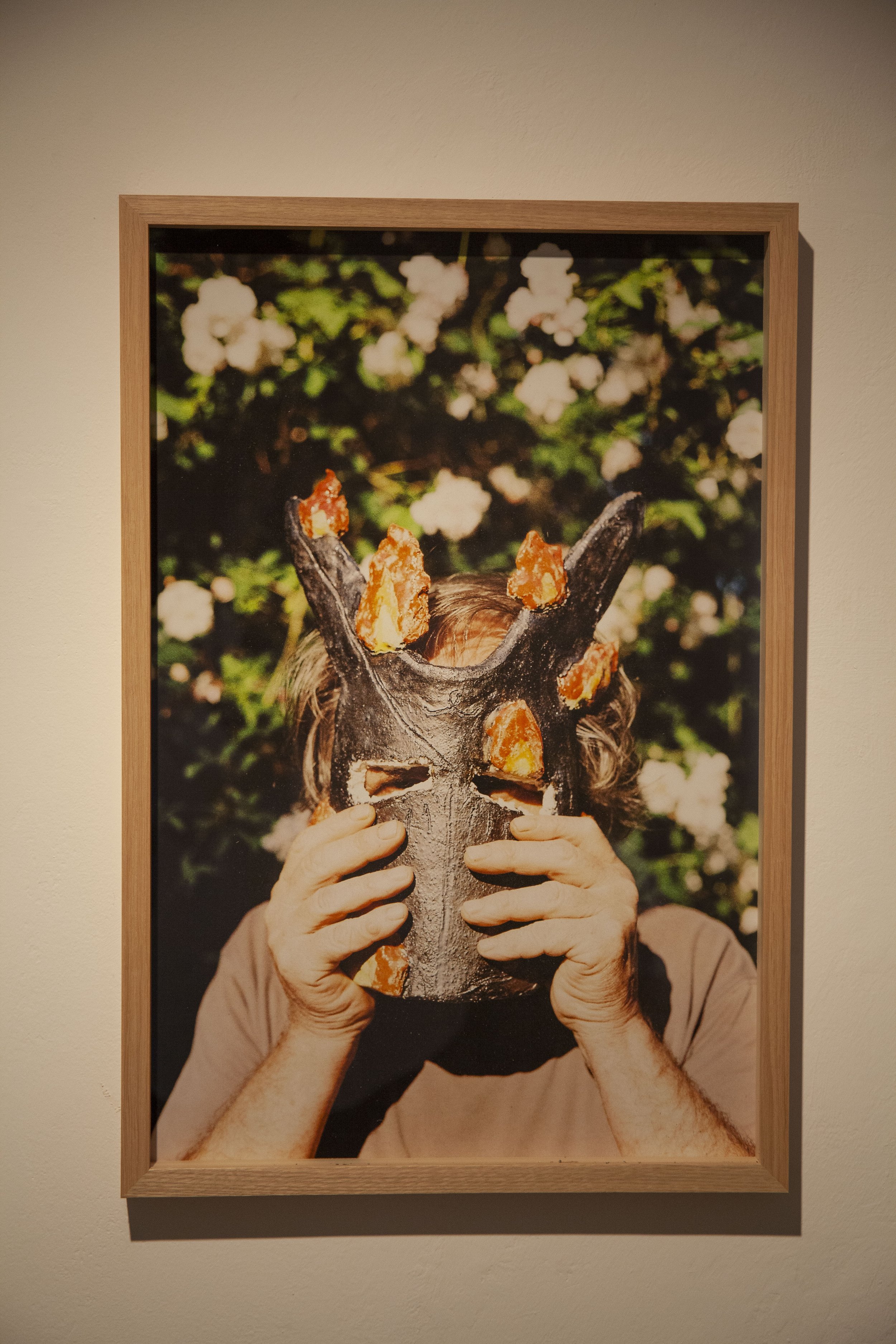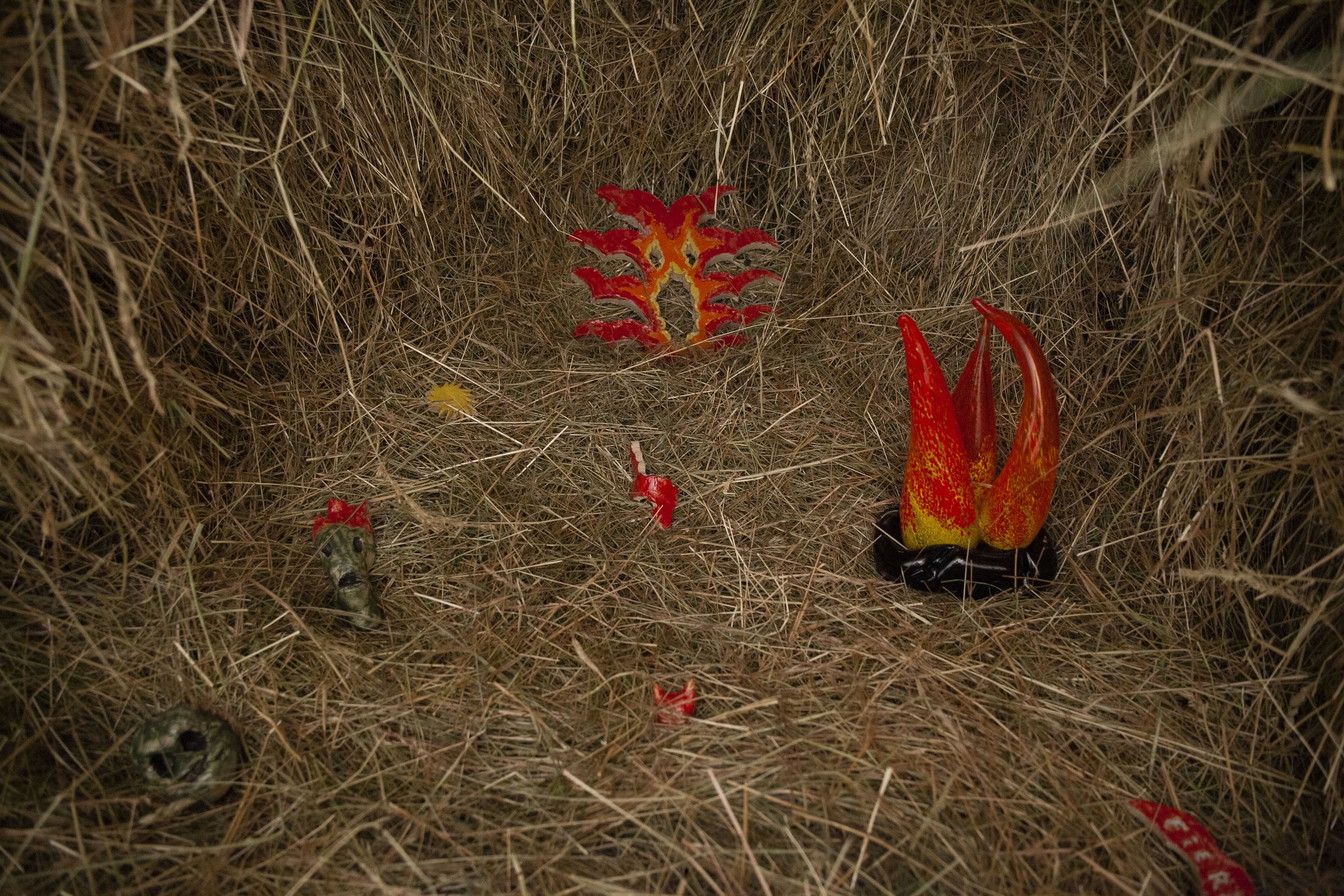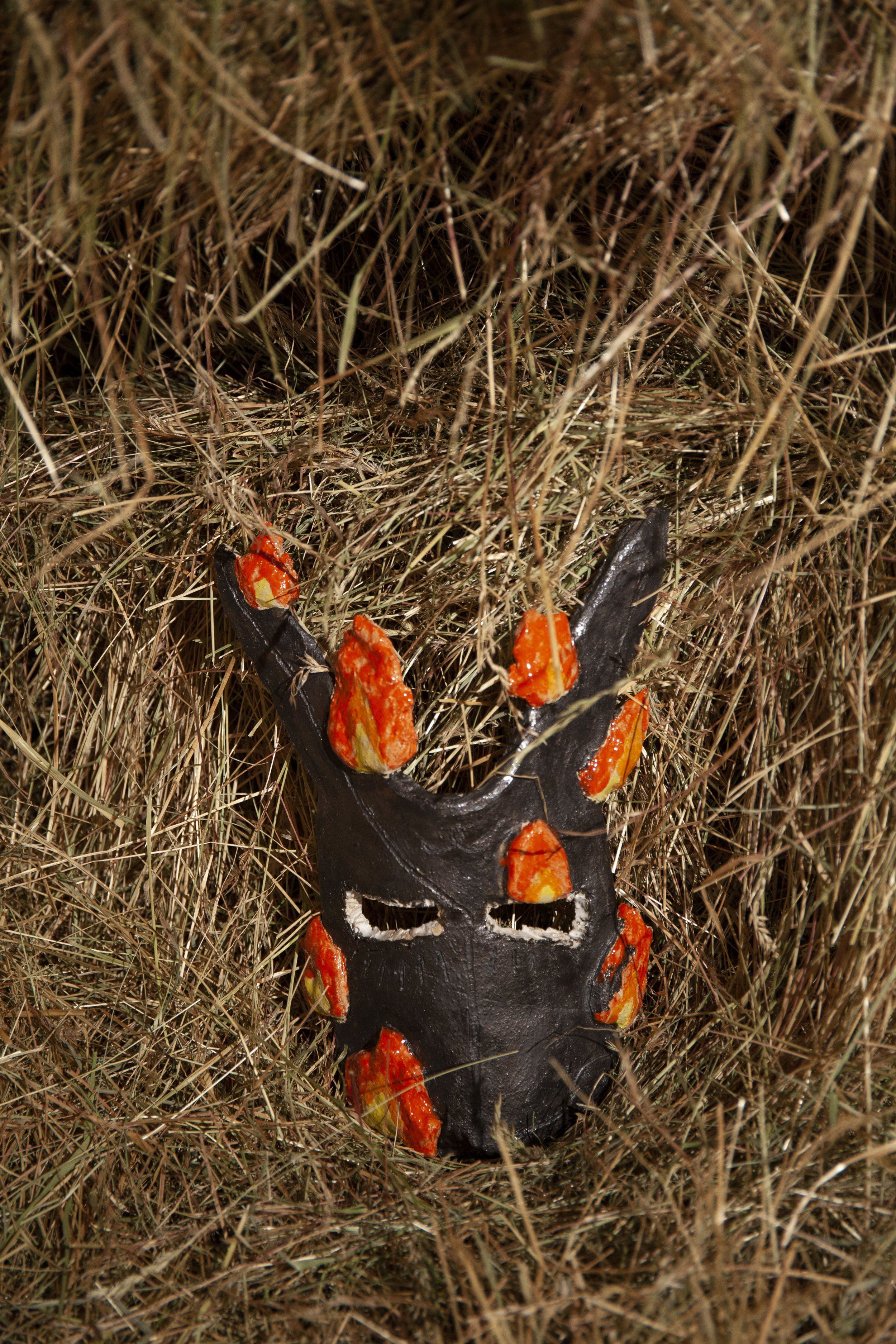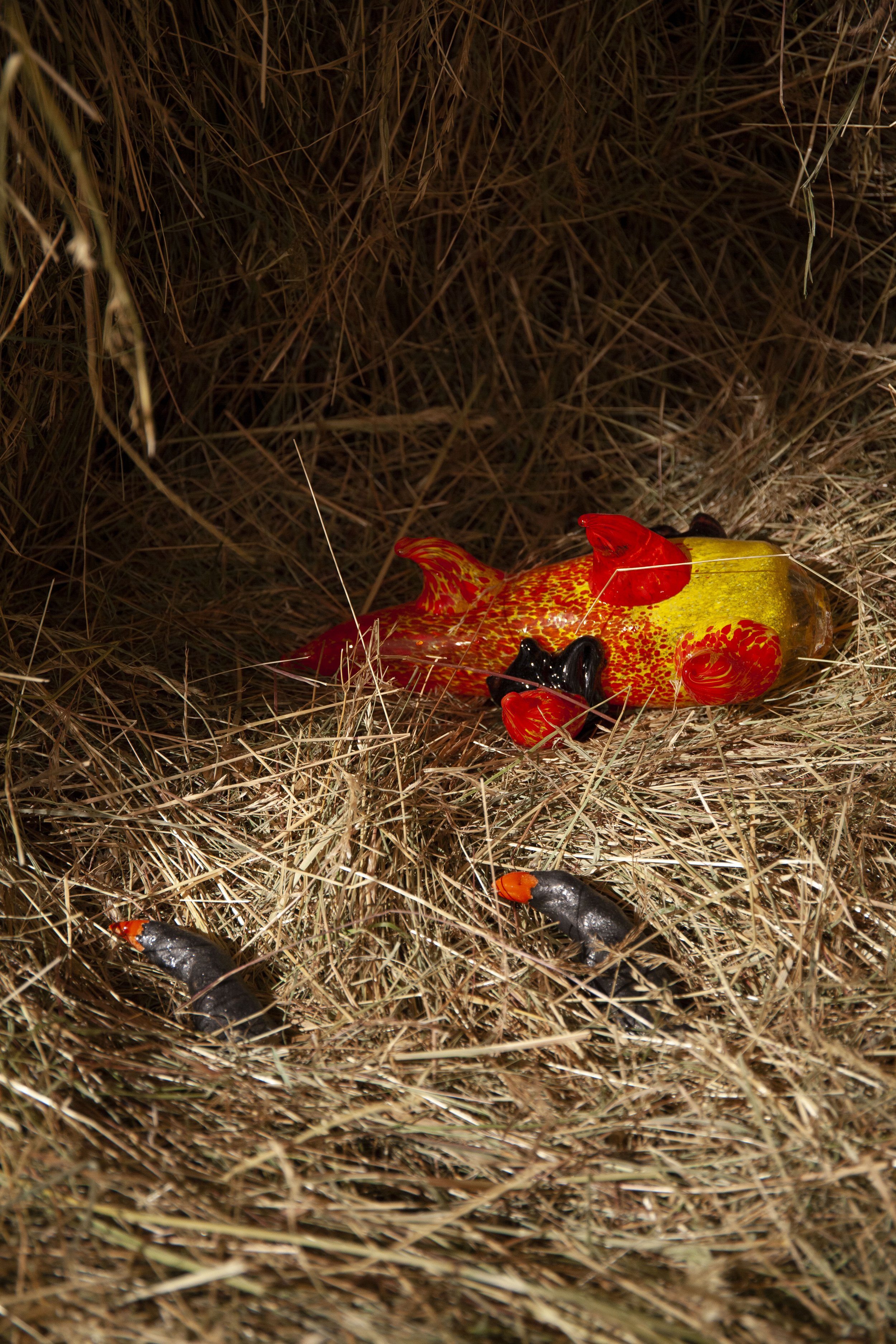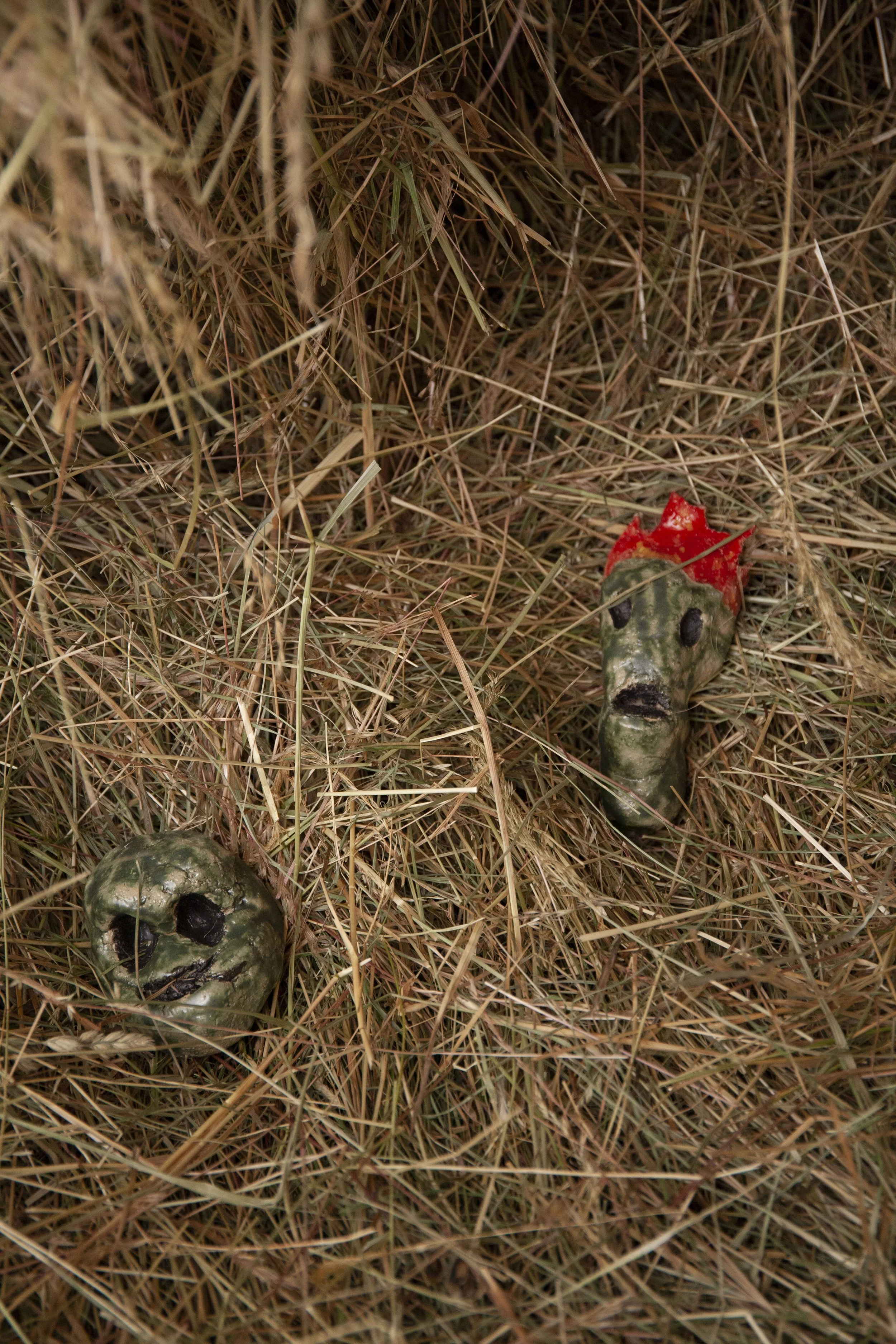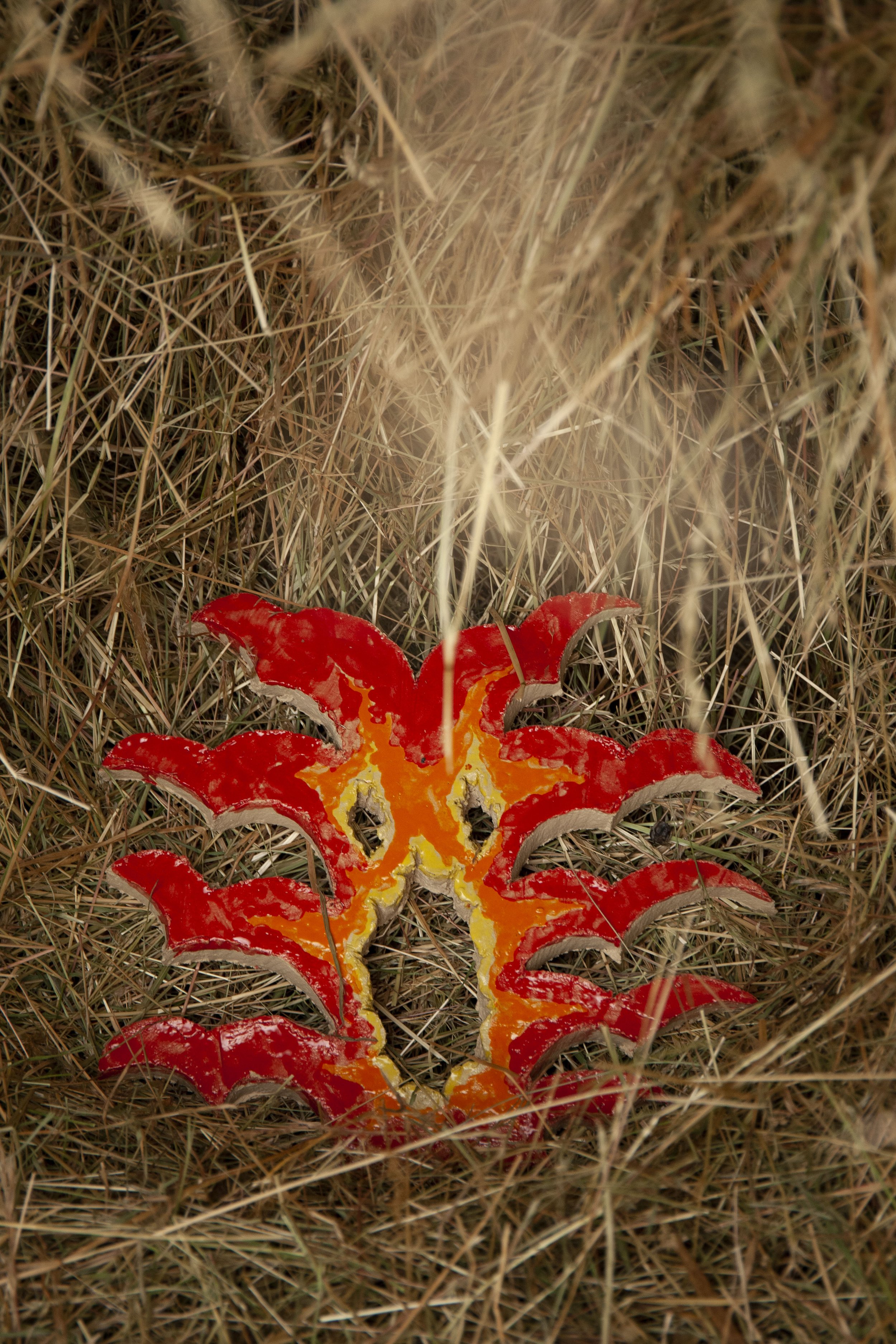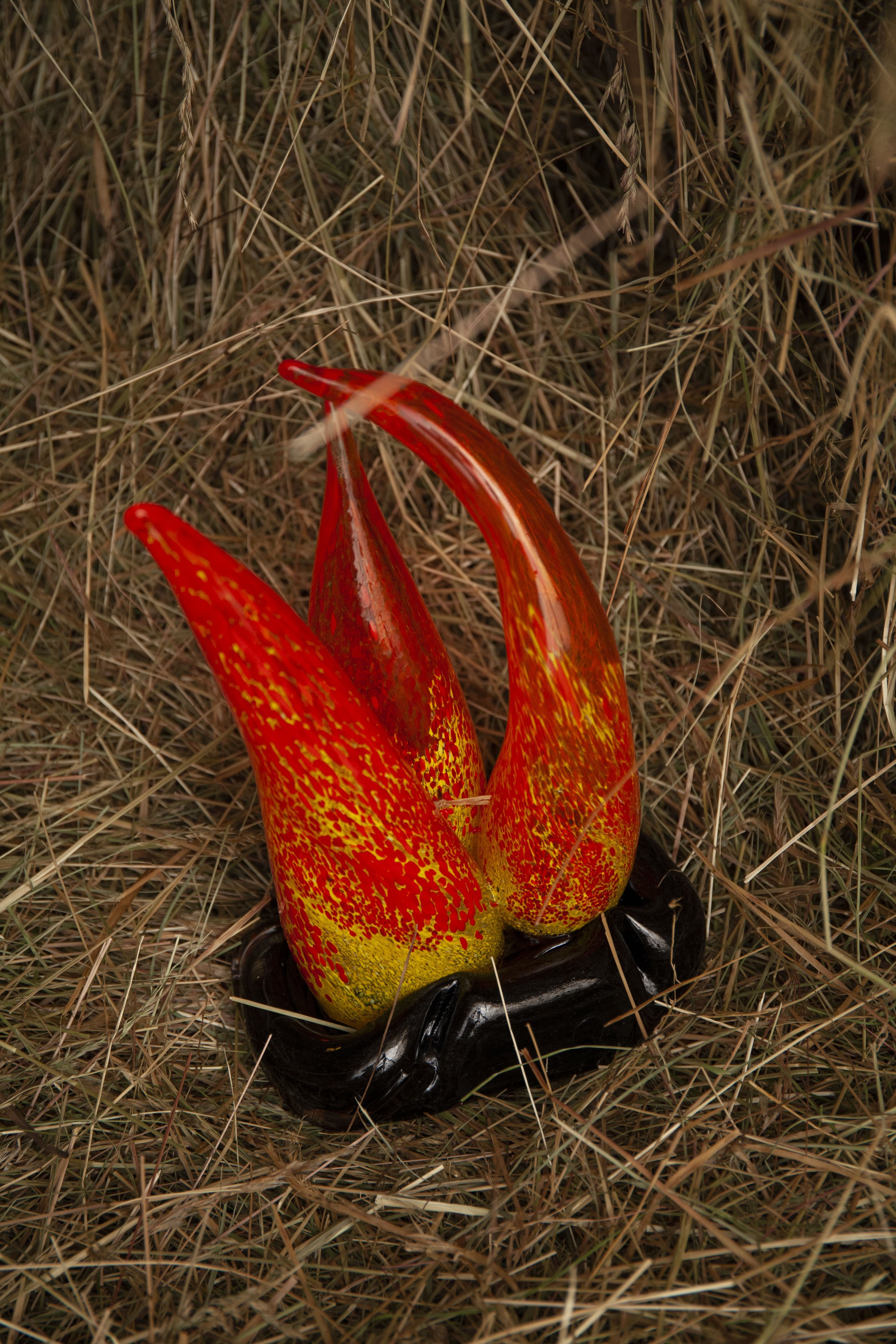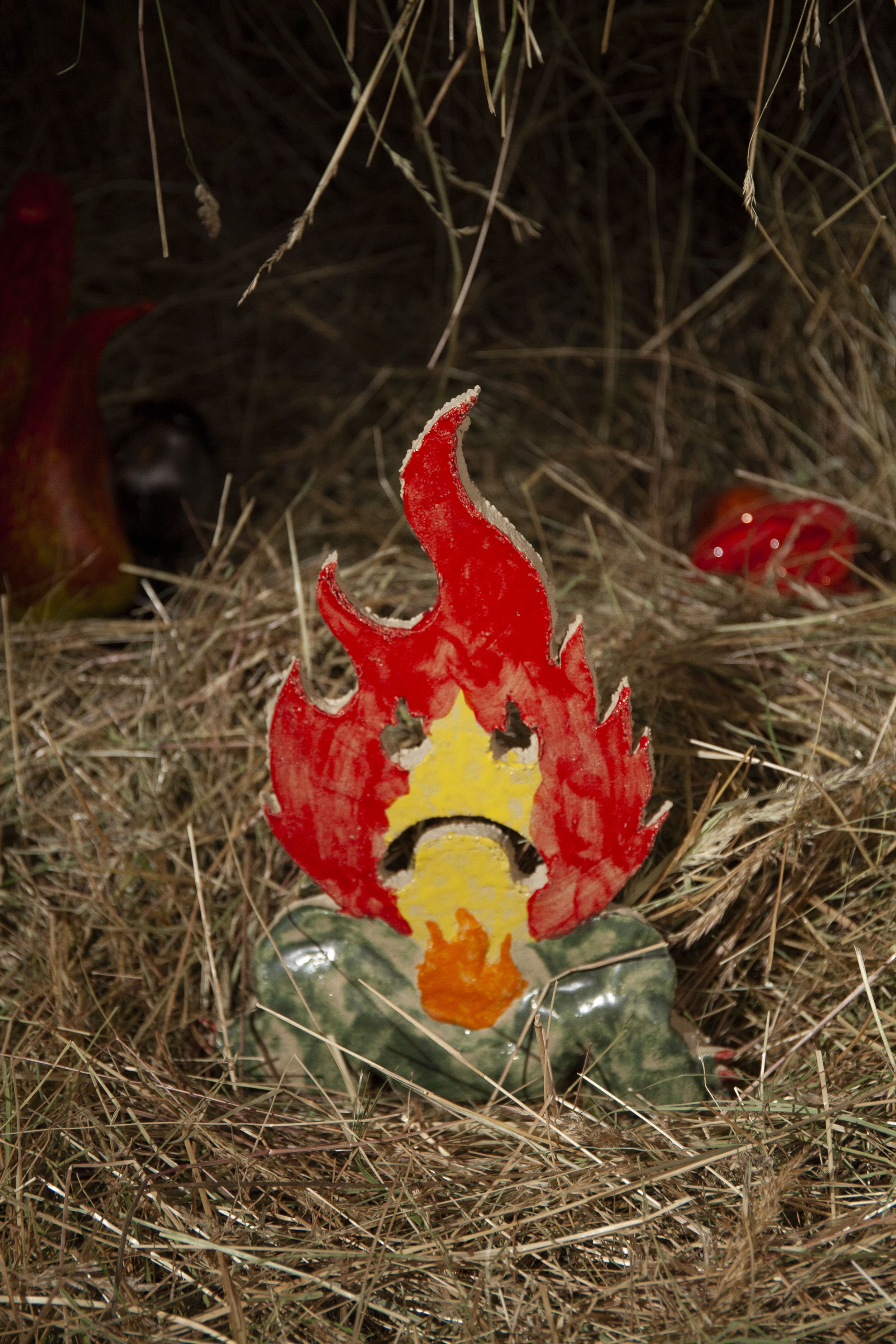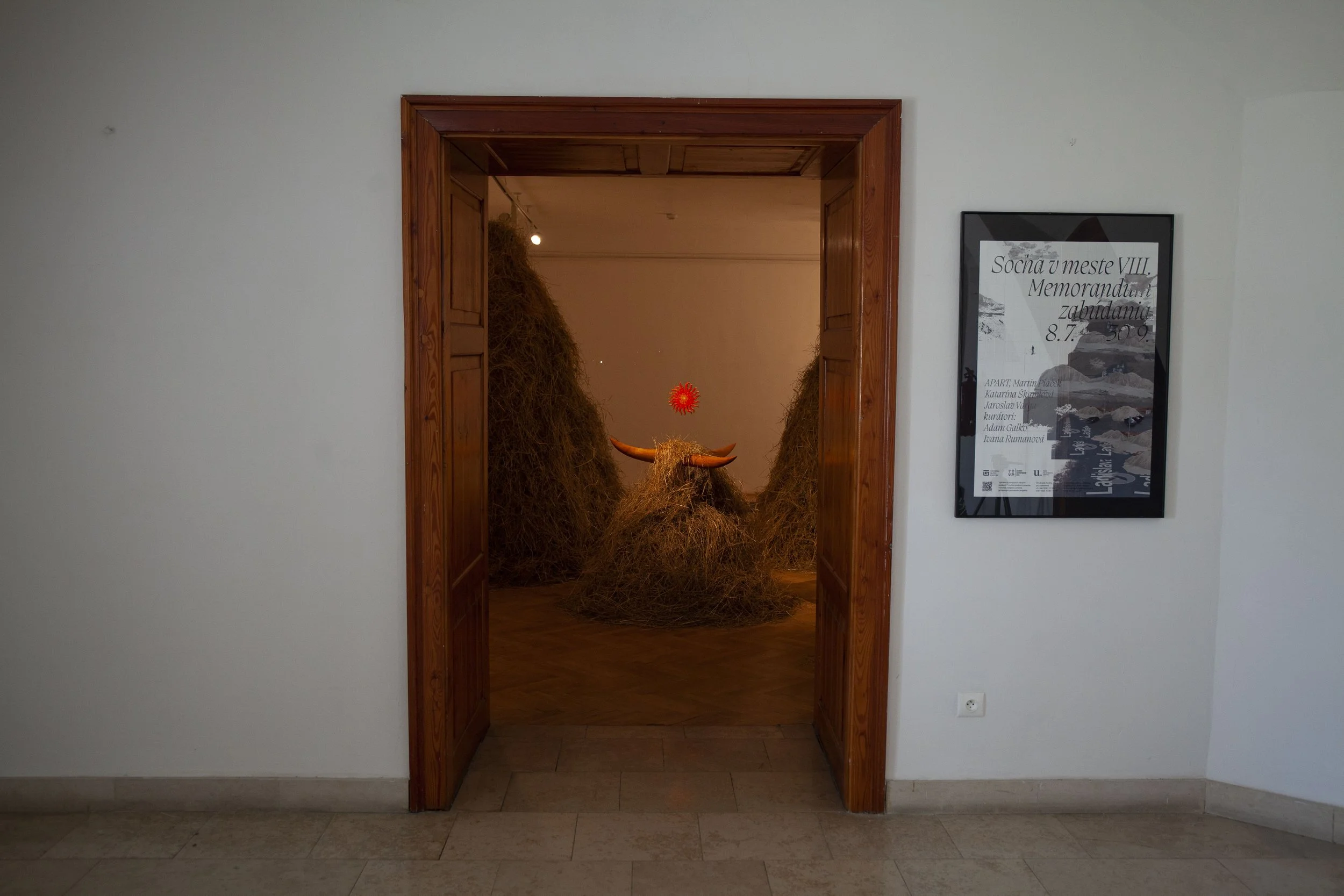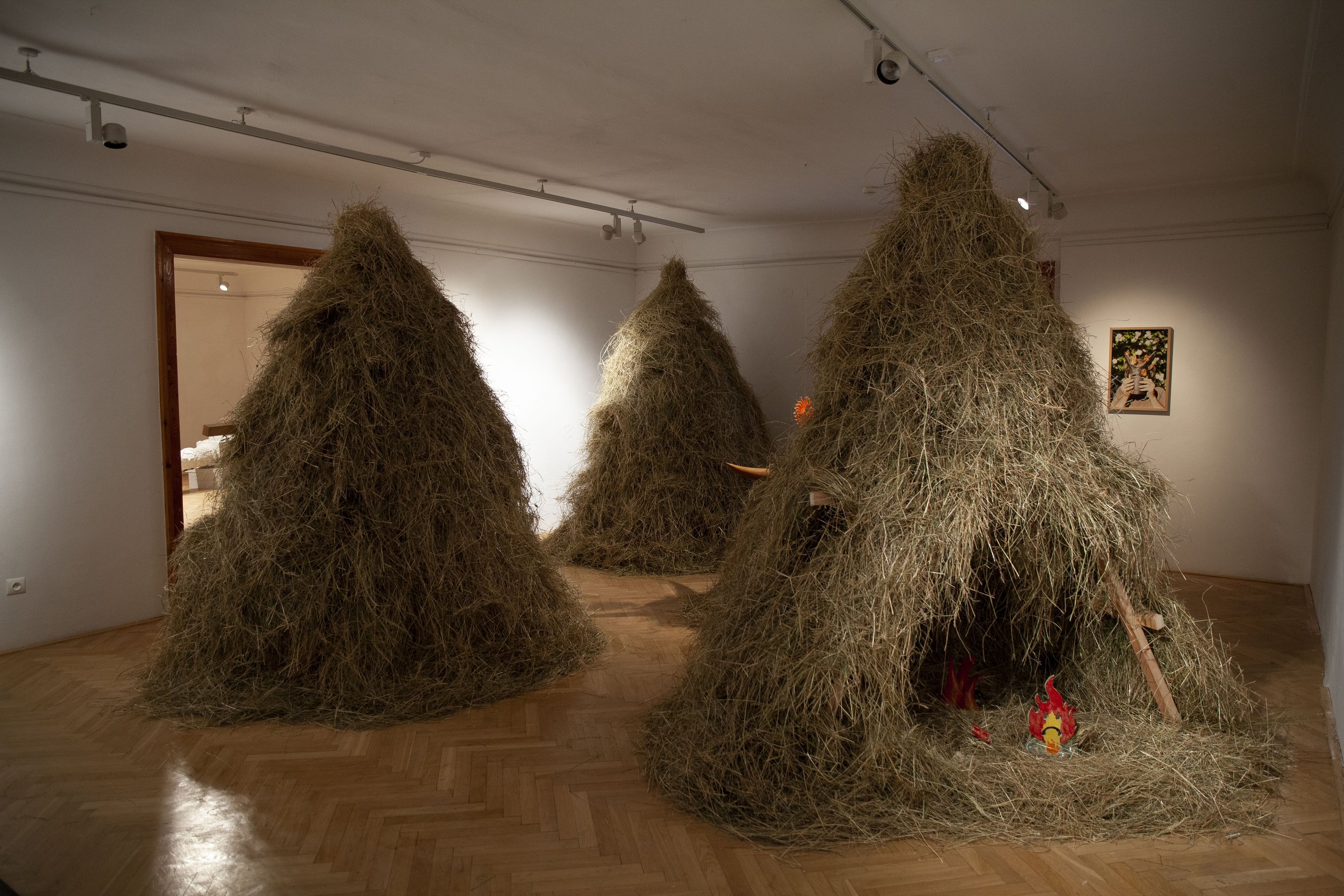
Aesthetics of Fire II
2021
“But the future belongs to fifire.”
In his text “The Agency of Fire: Burning Aesthetics”, the American art theoretician and writer T. J. Demos welcomes us to the Pyrocene, a geological era in which we will witness unprecedented destruction. We can gain an idea of its level and intensity through the recent, inextinguishable fifires in various parts of the planet. Unlike media images which create a certain type of voyeuristic experience and the illusion of the viewer’s safe distance, fifire is the instrument of an immediate material transformation which goes beyond the level of representation and this in a quite uncompromising manner. Instead of photographs and pictures which circulate readily in the media as “hot content”, it produces ash. Molten metal, melting tarmac. And carbon dioxide.
In the 1980s, a fifire broke out in the Ethnographic Museum in Martin, destroying a large part of the collec- tion of folk masks with which the members of the APART collective originally wanted to work. They decided to focus on this event itself, on its incongruity, because on the one hand artefacts which served as traces of the past and footholds for memory were burnt, and on the other a “memory-worthy” intervention was born of the fifire. The fifire in the heritage institution caused a partial anamnesis. And it wreaked its revenge. Folk masks were made as ritual instruments; they only make sense in the context of carnival, Mardi Gras, feasts, when structures are temporarily overturned, and the low gain dominance over the high. Opulent, decadent, (self-)destructive. The masks exhibited under glass in the museum are preserved and stripped of this potential. In this sense, fifire is a means of bringing them back. And also of re-actualizing them, because according to the philosopher Donna Haraway, Burning Man is a perfect personification of the Anthropocene.
The APART collective made straw nests in the gallery and placed inside them fifigures made of fifired clay and blown glass, materials which, on the contrary, gain their longevity through fifire itself. Their aesthetics are a paradoxical reference to naïve art and the cult artefacts destroyed by the fifire. They could have been memorials to transience, which is more topical than we would like to think. They evoke quite precisely what T. J. Demos, as well as other environmentalists, call the feeling of pre-loss or pre-traumatic syndrome. Welcome to the Pyrocene.
Ivana Rumanová
